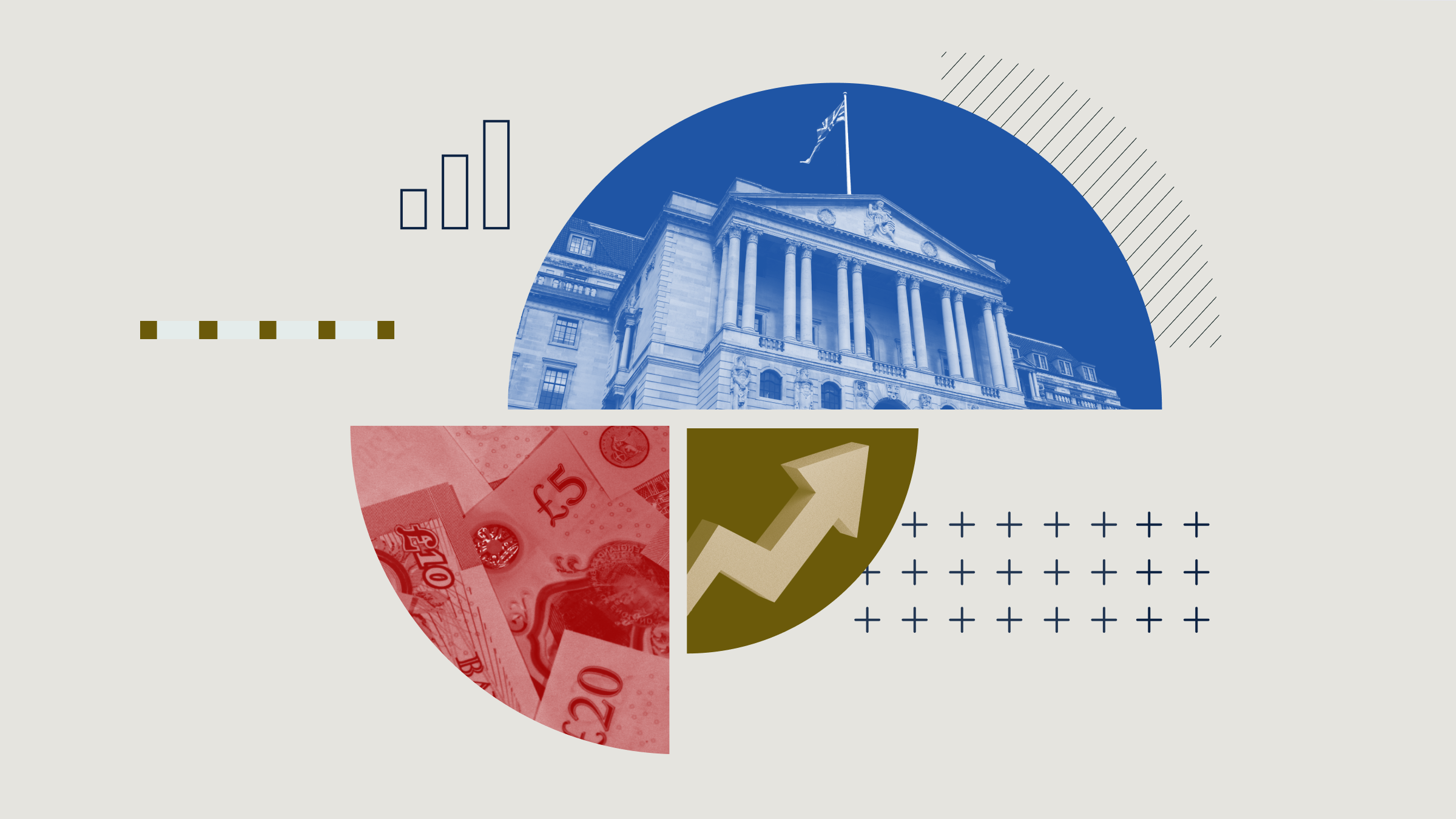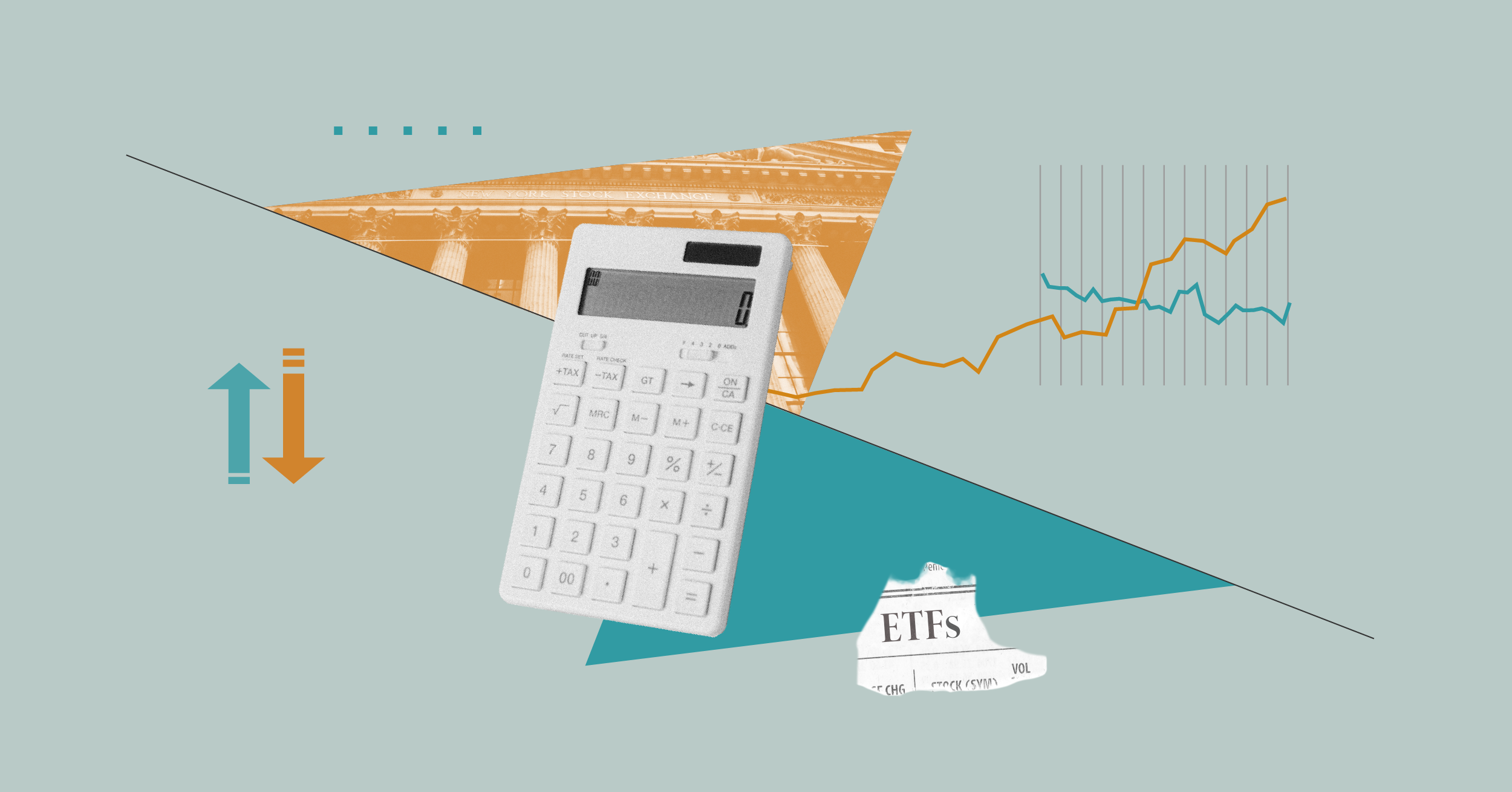
In a positive year for global equity markets, UK investment trusts put in a mixed performance in 2024, with returns ranging from a loss of 15% to a gain of nearly 32%.
Comparisons can also be made with the best-performing ETFs and open-ended funds available to UK investors, whose stellar performers put in gains of more than 50%, double the already very impressive gain of 23% by the S&P 500, which is used as a benchmark by many passive investors.
JP Morgan American JAM is the best performing investment trust under Morningstar coverage for the second year in a row, with a share price gain of 31.55% in 2024, following on from a rise of 24% in 2023.
This trust has a Neutral Medalist Rating. The latest update by Morningstar analysts notes a change in management in early 2025 as one of the managers, Jonathan Simon, retires. The trust has the backing of a strong research platform, says Morningstar analyst Adam Sabban, but “uncertainty around the evolving portfolio management team, including the March 2024 announcement that Jack Caffrey will assume control of the value sleeve in early 2025 from the retiring Jonathan Simon, makes it difficult to embrace”.
Tech Rally Boosts Scottish Mortgage
Scottish Mortgage SMT is the largest UK investment trust with a market value over £12 billion. The Silver-rated trust’s performance has been volatile since 2020, a year that saw the share price double after an early bet on Tesla TSLA paid off. The tech resurgence helped the trust again in 2024, when shares rose more than 20%. Scottish Mortgage’s current top three holdings include Argentina’s MercadoLibre MELI, Amazon AMZN and Nvidia NVDA, whose shares soared another year amid AI enthusiasm.
Global growth trusts are also popular with UK investors. Two of these merged in 2024, Alliance Trust and Witan, to become Alliance Witan ALW, a £5 billion trust that is not rated by Morningstar.
The oldest of these is F&C FCIT, a Bronze-rated trust, which managed a 20% increase in 2024 due to exposure to Nvidia, Microsoft MSFT, Amazon and Meta Platforms META.
Manager Paul Niven, speaking at an AIC seminar in early December, said that he expects global rate cuts to be positive for equities in 2025, but that many of the gains had already been priced in. He also expected gains from the Magnificent Seven stocks to be more muted this year.
Morningstar manager research analyst Michael Born said of the trust: “Investors remain in safe hands with experienced manager Paul Niven at the helm. His pragmatic and well-executed approach should benefit investors in the long term.”
The bottom three trusts in 2024 in share price terms were Baillie Gifford Shin Nippon BGS, TR Property TRY and Scottish American SAIN. The difficulties of active managers in Japan are outlined below and we have recently looked at the woes of the UK property sector in this latest article. Of the Scottish American investment trust, out analysts say that its emerging market and growth exposure can lead to periods of underperformance.
Is Investment Trust Performance Good Enough?
Hindsight says that 2023 and 2024 would have been great years to invest in a cheap global or S&P tracker. In these years some investment trust performance can look lacklustre, especially in a very focused rally when US tech megacaps excelled again. Here it’s worth looking at the trust’s benchmark to see if the comparison is fair. The F&C trust benchmarks off the FTSE All-World (Total Return) Index, which rose just over 10% in 2024.
But closer to home, the FTSE 100 and FTSE AllShare posted more modest gains of around 7%, so these trust figures look reasonable in this context. The Morningstar UK Index, which holds 235 stocks, gained just under 10% in 2024.
The performance of investment trusts is also worth considering in the context of active versus passive investing. At the moment, active investing is very much of the back foot as equity markets indexes have rallied.
What Are Investment Trusts?
Trusts are traded on the London Stock Exchange (LSE) like company shares and are priced in real time. It makes it easier to see how well a trust is performing on a daily basis than with open-ended funds, which have a different pricing schedule.
Investment trusts trade at a discount or premium to net asset value (NAV), an additional dynamic that investors need to bear in mind. An investor buys or sells at the prevailing share price.
Almost all of the trusts on our list are trading at a discount to NAV, which means the share price does not fully reflect the value of the trust’s assets. This also reflects lower demand for these shares.
An investment trust is a listed company with a board. The difference is that the trust’s investment decisions are often managed by an external fund manager: the largest, Scottish Mortgage, is run by Tom Slater and Lawrence Burns at Baillie Gifford; Finsbury Growth & Income Trust FGT is run by Nick Train of Lindsell Train; and the oldest, F&C Investment Trust, is run by Paul Niven, a Columbia Threadneedle fund manager. And the oldest-serving investment trust manager in the UK sector is Job Curtis, a fund manager for Janus Henderson, who runs the Gold-rated City of London CTY trust. Curtis has run the trust since 1991.
Many investment trusts are listed on the FTSE 250, with Alliance Witan, Scottish Mortgage and the Bill Ackman vehicle Pershing Square Holdings PSH on the FTSE 100. Including real estate investment trusts British Land BLND and Land Securities LAND, that makes five FTSE 100 trusts.
Trusts' use of borrowing or “gearing” to enhance returns can also increase volatility.
There are plenty of general global growth trusts available, with F&C, Witan and Alliance Trust all popular with retail investors. Trusts also allow niche exposure to sectors that open-ended funds would struggle to reach; recent innovations include airline leasing, music royalties, space exploration and renewable energy storage. Investment trusts are often preferred for accessing less liquid assets such as direct commercial property and private companies.
The Japan Trust Dilemma: Active vs Passive
As in 2023, a Japanese trust was among the laggards, despite another strong year for the main indices, the Nikkei 225 and Topix. In Japanese yen, the Morningstar Japan Index rose 20%, but this gain is less in euros, US dollars and sterling. The yen briefly rallied in 2024, causing a shortlived market meltdown, but ended the year lower than at the start against major currencies, especially with the US dollar strengthening around the election time.
Baillie Gifford Japan BGFD posted 7% in 2024, whereas stablemate Baillie Gifford Shin Nippon BGS, a small-cap focused trust, was the worst performer among Morningstar rated trusts.
Trust managers tend to deviate significantly from the benchmark, however, and Japan is a country where active management is prized by investors for many reasons.
In previous years when the market has gone sideways—and many Japan investors have had several lean years and false dawns—trusts have managed to make positive (and real) returns. A simple Japan ETF would have provided you some significant returns in 2023 and 2024 because of the large-cap bias.
With Japan trusts, it’s worth looking (by clicking on the tickers) at which stocks they hold and where the overlap with the indices is—a concept known as "active share“. Managers can have a different size and style bias to the index too. A useful explainer on currency impacts on returns can be found in ”Should Investors Panic About the Weak Pound?“.
Japan Trust Performance Analyzed
Should you stick with Japan trusts in a time when passive investing looks tempting for this country? Baillie Gifford Japan has a Silver Morningstar Medalist Rating and manager research analyst Daniel Haydon says:
“Baillie Gifford Japan benefits from an experienced management duo and a strong collegial approach. Our conviction in the team and approach remains despite the extreme headwinds to growth investing we have seen in Japan recently and yen weakness that has lifted lower-quality exporters this fund avoids.
“Over 10 and 15 years, the trust remains ahead of the Topix index. We retain conviction in this strategy’s potential to outperform over full market cycles. Given its style, it is expected to do well when the market pays attention to earnings growth but is likely to underperform when quality-growth and mid-cap companies are out of favor, as has been the case recently.”
Bronze-rated stablemate Baillie Gifford Shin Nippon has struggled in recent years.
Haydon says: “Baillie Gifford Shin Nippon benefits from a combination of an intellectually sound and consistently applied long-term process with a collegial approach. Despite severe headwinds recently, we maintain faith in the approach here through an Average rating for the People Pillar and an Above Average rating for the Process Pillar.
“The strategy has had an extremely poor run over the past three years. This affects medium-term performance. Recent extreme underperformance needs to be put in the context of the whipsaw markets in Japan in the last few years, which have been somewhat of a worst-case scenario for this fund. Small-cap growth has sold off in a big way, while large-cap value has led the markets.”
The author or authors do not own shares in any securities mentioned in this article. Find out about Morningstar's editorial policies.
























